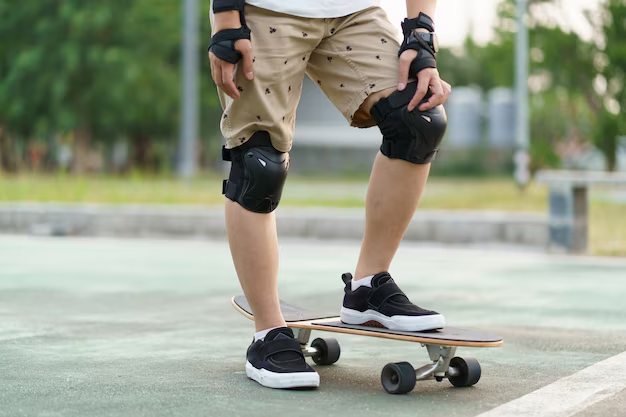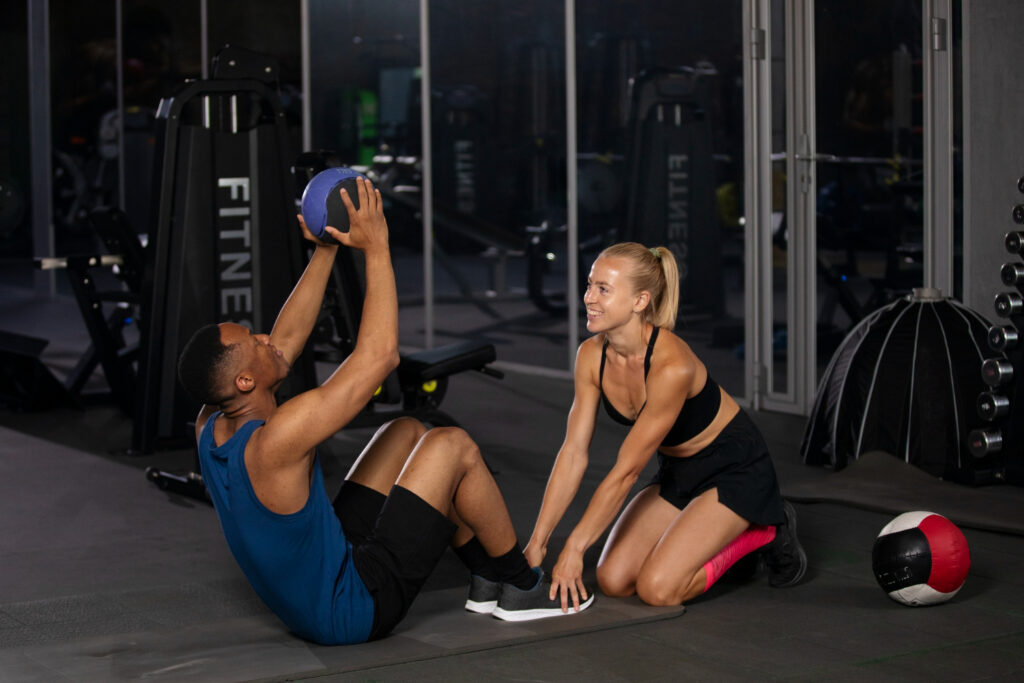Tennis elbow, also known as lateral epicondylitis, can make even simple movements uncomfortable. From lifting a coffee mug to typing at your desk, the pain and stiffness can interfere with daily life. One of the most common solutions people turn to is a tennis elbow brace. These simple yet effective supports are designed to reduce strain on the tendons, provide stability, and ease discomfort while the arm heals.
This guide explains what tennis elbow braces do, the features that make them effective, the types available, and how to use them properly. By the end, you’ll understand how the right brace can make a meaningful difference in both recovery and comfort.
Understanding Tennis Elbow and the Role of a Brace
Tennis elbow is not limited to tennis players. It can affect anyone who repeats the same forearm and wrist motions — from painters and carpenters to office workers. The pain comes from tiny tears in the tendons that connect the forearm muscles to the elbow. Over time, this irritation leads to inflammation, tenderness, and reduced strength.
A tennis elbow brace helps by applying gentle pressure just below the elbow joint. This reduces stress on the tendon, allowing it to rest and recover. While it is not a cure by itself, a brace plays a supportive role in a broader recovery plan that may include rest, stretching, or physical therapy. For many people, wearing a brace makes everyday tasks easier and less painful.
Key Features That Make a Tennis Elbow Brace Effective
Not all braces are the same. Some may provide light support, while others are designed for more intense relief. Understanding the main features helps you choose a brace that truly meets your needs.
The first factor is compression. A good brace provides consistent pressure across the forearm muscles without cutting off circulation. This reduces the load placed on the injured tendon.
The second factor is adjustability. Everyone’s arm shape is different, and the right brace should be easy to tighten or loosen. Velcro straps are common because they let you find the level of support that feels right.
Another important feature is comfort. Since braces are often worn for hours at a time, soft lining and breathable materials prevent skin irritation. A lightweight design also makes it easier to wear during both work and exercise.
Durability matters as well. A well-made brace can withstand repeated use, especially if you plan to wear it daily. Strong stitching, quality fabrics, and secure fastenings ensure it provides reliable support over time.
Different Types of Tennis Elbow Braces and Their Uses
There are several kinds of tennis elbow braces, each serving a slightly different purpose.
The most common is the strap brace, a narrow band that wraps around the forearm just below the elbow. Its targeted pressure reduces tension on the tendon, making it ideal for mild to moderate cases of tennis elbow.
Another option is the sleeve brace. This is a wider, elastic support that covers a larger portion of the forearm. Sleeves provide overall compression, improve circulation, and keep the muscles warm. They are often chosen by athletes who want both pain relief and muscle stability during performance.
Some braces combine the two designs, offering a strap built into a sleeve. These hybrid braces are useful for people who need strong, all-around support.
For more advanced cases, there are adjustable braces with pads that press directly on the tendon. These provide extra relief by absorbing some of the strain that would normally stress the elbow.
Each type has its advantages, and the right one often depends on your lifestyle, activity level, and severity of symptoms.
How to Choose the Right Tennis Elbow Brace for Your Needs?
Choosing the right tennis elbow brace depends on more than just comfort. It requires matching the brace to your level of activity and the intensity of your pain.
If you only feel discomfort during certain activities, such as playing racquet sports or working on the computer, a strap brace may be enough. It’s lightweight, easy to slip on, and provides targeted relief when needed.
If your elbow feels sore throughout the day, a sleeve might be the better option. Because it covers more of the arm, it helps reduce swelling and supports blood flow, which may speed recovery.
For people with severe or recurring pain, adjustable braces with pressure pads are often recommended. These provide the strongest support and are customizable to fit different arm shapes and pressure points.
It’s also worth considering your lifestyle. Someone who spends hours outdoors may prefer a breathable, sweat-resistant material, while someone who wears the brace under office clothes may want a slim, discreet design.
Ultimately, the best brace is the one that feels supportive without being restrictive, and that you can wear consistently without irritation.
Proper Way to Wear and Adjust a Tennis Elbow Brace
Wearing a tennis elbow brace correctly is just as important as choosing the right one. Placing it too high or too low on the arm reduces its effectiveness, while wearing it too tight may cause numbness or restrict circulation.
The general rule is to position the brace just below the elbow joint, on the thickest part of the forearm. This placement ensures pressure is applied to the tendon without interfering with the joint itself.
The brace should feel snug but not painful. You should be able to move your wrist and fingers freely while feeling slight pressure on the muscles below the elbow. If your hand becomes cold or tingly, the brace is likely too tight and needs adjusting.
Many braces include instructions from the manufacturer, and it’s wise to follow them carefully. For severe or persistent cases, consulting a physical therapist or healthcare professional can help ensure you are using the brace correctly.
Benefits of Using a Tennis Elbow Brace During Sports and Daily Activities
A well-fitted tennis elbow brace provides multiple benefits. The most immediate is pain relief. By reducing strain on the injured tendon, the brace allows you to perform movements that might otherwise be too uncomfortable.
For athletes, a brace provides confidence. Playing tennis, golf, or pickleball with a sore elbow can feel risky, but support from a brace helps prevent the pain from worsening during play. It doesn’t cure the injury, but it reduces the chance of additional strain.
For people who experience discomfort at work — whether from typing, painting, or carrying heavy tools — a brace makes everyday tasks more manageable. Instead of avoiding movement altogether, you can continue using your arm with less irritation.
There is also a psychological benefit. Knowing that the elbow is supported can reduce anxiety about re-injury, encouraging you to stay active rather than avoiding movement altogether.
Caring for Your Tennis Elbow Brace to Ensure Longevity
Because a tennis elbow brace is often worn for hours at a time, it can collect sweat, dust, and skin oils. Regular care keeps it clean, comfortable, and long-lasting.
Most braces can be hand-washed in mild soap and cold water, then left to air dry. Machine washing or drying may damage the fabric or Velcro, shortening the brace’s lifespan.
Inspect your brace regularly for signs of wear, such as stretched elastic or fraying edges. Replacing a worn-out brace ensures you continue receiving the right level of support.
Storing the brace in a dry, cool place also helps maintain its structure. Keeping it in a gym bag or hot car for long periods may weaken the material over time.
With proper care, a good brace can last for months or even years, making it a reliable part of your recovery and support routine.
Conclusion
A tennis elbow brace is a simple yet effective tool that supports recovery, reduces pain, and helps people stay active. Whether you’re an athlete looking to protect your performance or someone dealing with daily discomfort from repetitive movements, the right brace can make a real difference.
While it isn’t a cure, it plays an important role in reducing strain and allowing the tendon time to heal. Choosing a brace that fits your lifestyle, wearing it correctly, and caring for it properly ensures you get the best results. With the right support, managing tennis elbow becomes much more manageable, allowing you to move with confidence and comfort.
FAQs
1. How tight should a tennis elbow brace be?
The brace should feel snug enough to provide pressure but not so tight that it cuts off circulation. You should still be able to move your hand and fingers freely.
2. Can I wear a tennis elbow brace all day?
Yes, you can wear it for extended periods, especially during activities that trigger pain. However, it’s best to give your arm breaks and avoid wearing it too tightly for long stretches.
3. Do tennis elbow braces really help with pain relief?
Yes, braces help reduce pain by easing the pressure on the affected tendon. They don’t cure the condition but make daily activities more comfortable while your arm heals.
4. What’s the difference between a sleeve and a strap for tennis elbow?
A strap provides targeted pressure on the tendon, while a sleeve offers overall compression and warmth. Sleeves are often better for general support, while straps are ideal for specific pain relief.




